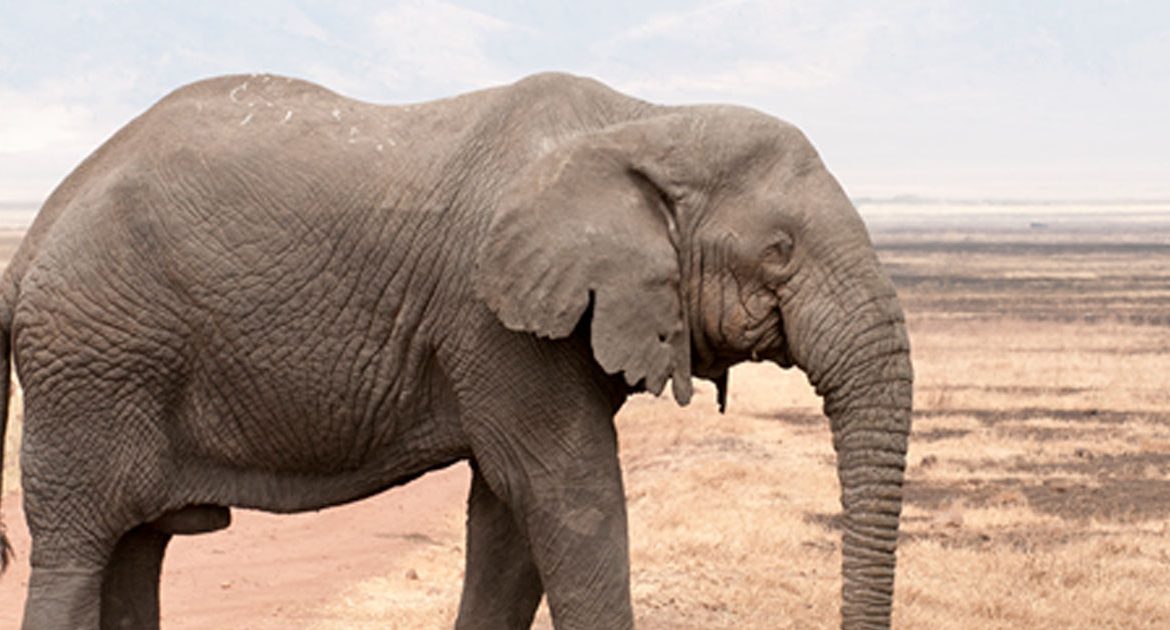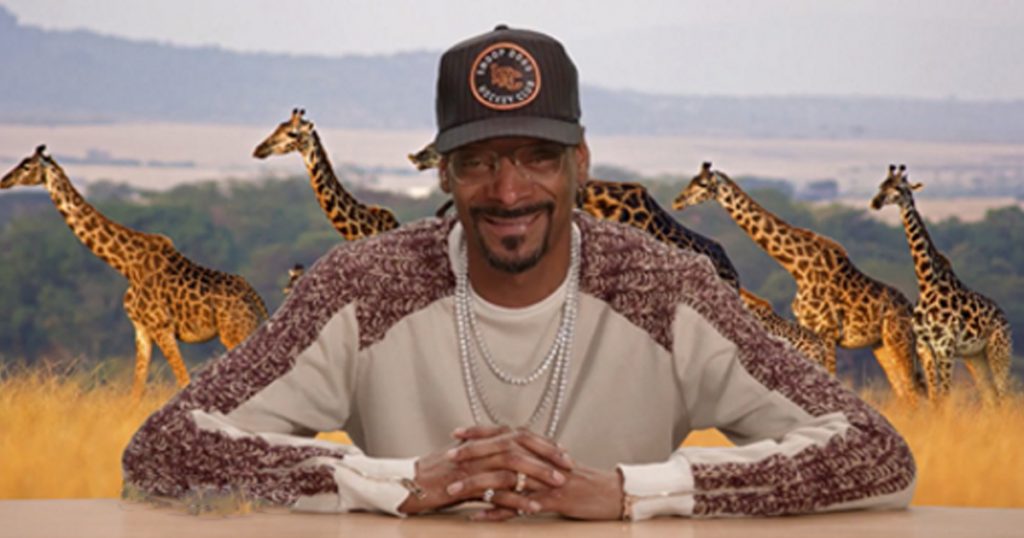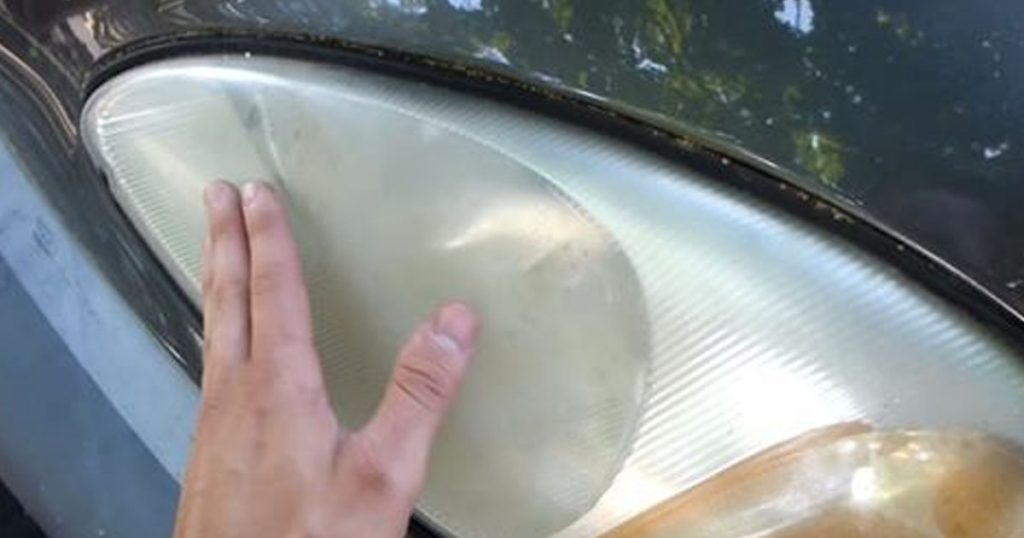A strange thing is happening in parts of Africa — a lot of elephants are being born that never grow tusks as adults. In Mozambique’s Gorongosa National Park, one-third of younger female elephants, and half of the older ones, have no tusks. Tusklessness is being genetically favored — and within the space of a few generations, shocking many who study evolution.
Tusklessness is a part of a natural genetic variation in female African elephants. In populations with little poaching, between two and six percent of females might be tuskless. Tuskless males are extremely rare, since earning rights to procreate typically involves battles with other males, and it’s pretty hard to win one of those without a good set of tusks.
But tuskless females can get by alright, so long as they stick with the herd. Elephants use their tusks to dig watering holes, strip bark from trees to get at nutritious bits inside, lift objects, and plow through thick brush. Generally it would not be advantageous to be born without tusks … unless there happen to be hunters with elephant guns nearby.
Poachers often target elephants exclusively for their ivory tusks, which in 2014 fetched $4,600 a pound in Chinese black markets. An elephant without tusks isn’t worth much to a poacher and will tend to be left alone.
This selective pressure on elephant populations is proving to be swift. In one park in Zambia, tusklessness in adult females rose from 10 percent in 1969 to 38 in 1989, according to a 1995 study.
It’s not just that elephants with tusks are being taken out of the population; genes for tusklessness are being passed down from mother to daughter. In Mozambique’s Gorongosa National Park, for example, poaching was brought under control 20 years ago, and yet one-third of adult females under the age of 20 have no tusks.
This is an example of how quickly populations can change if selective pressures are strong enough. Similar trends have been seen in other animals hunted selectively for a certain trait. The horns of bighorn sheep in Arizona showed a dramatic decrease in size, partly because hunters were going after the biggest trophy for their walls. A similar pattern can be observed in heavily fished areas: Fishing outfits target the largest, most valuable fish first, and over a relatively short period of time population size and demographics shift considerably.
We tend to think of natural selection as a very slow and gradual process, but evolution can happen very quickly when the selective powers demand it. Human hunting pressure is a type of unnatural selection, and it just goes to show how dramatically genetics will shift in response to a threat.
The rise of tuskless elephants isn’t a solution to poaching, but it should keep a higher percentage of them out of the crosshairs. And for as long as female elephants have a better shot at reproductive success without tusks than with them, more babies will be born with the tuskless genes.






